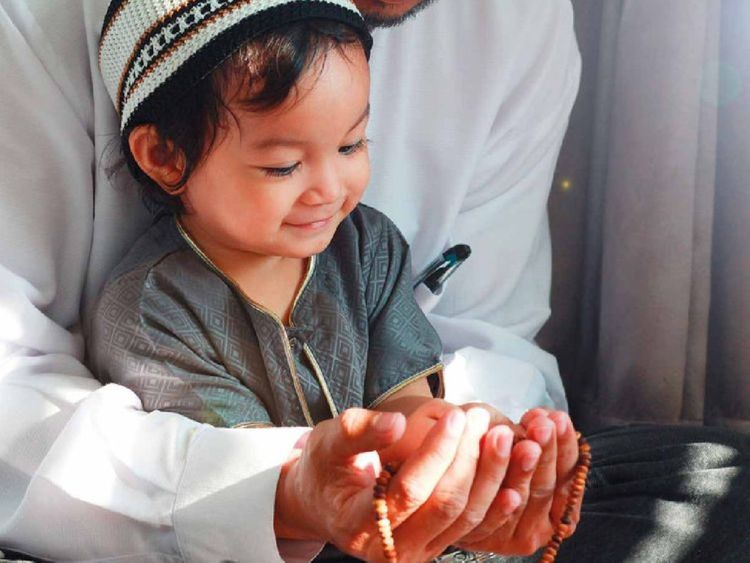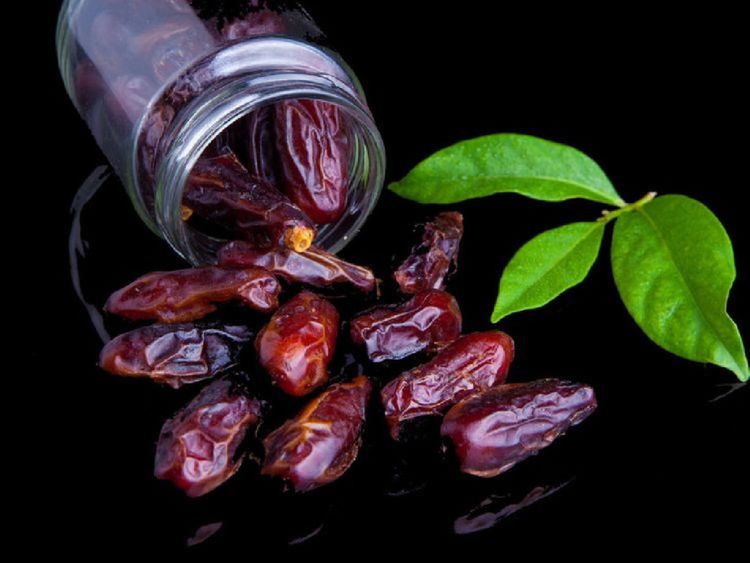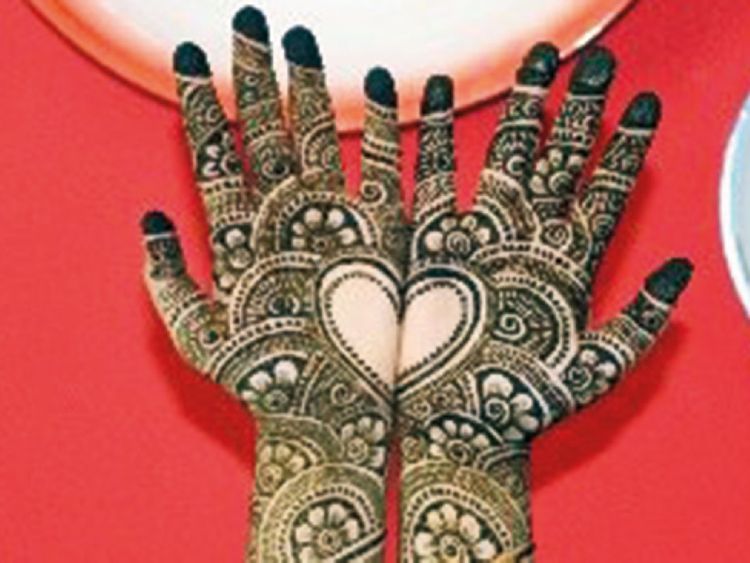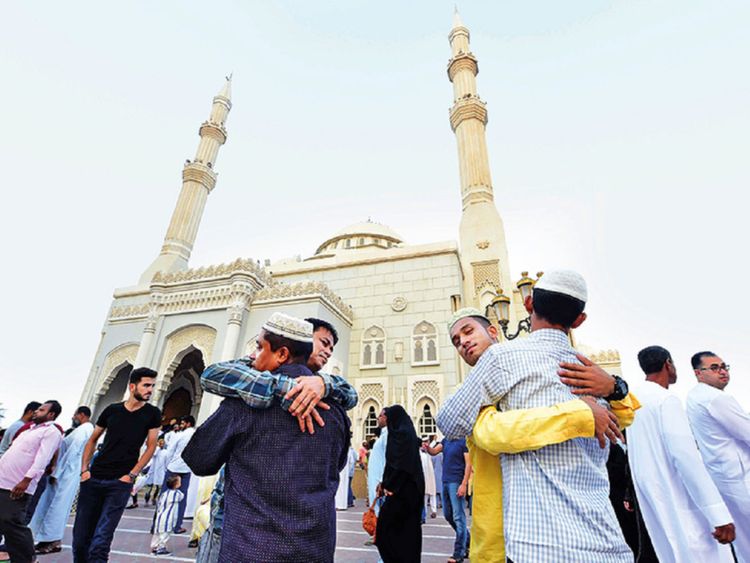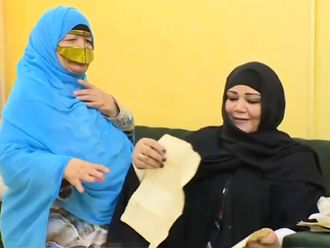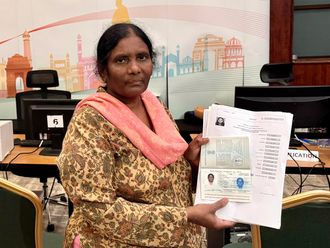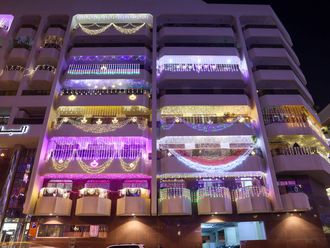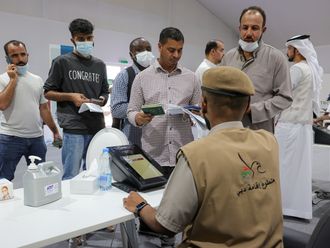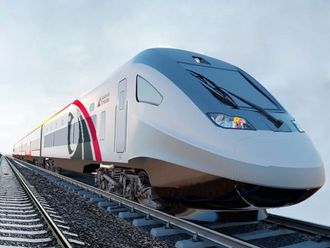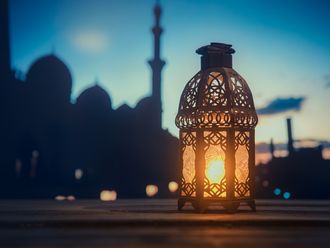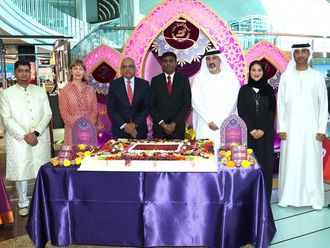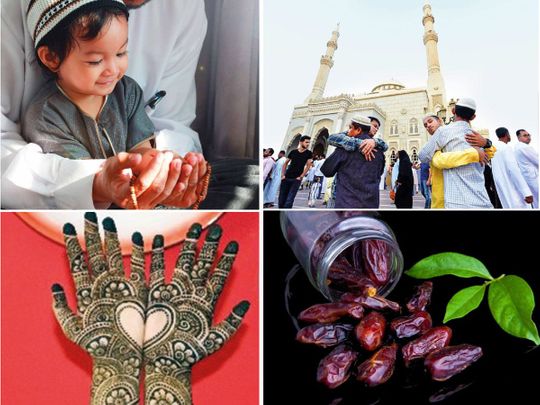
Abu Dhabi: After a month of fasting and spiritual commune, Muslims in the UAE and around the world are celebrating Eid Al Fitr.
One of the two main religious holidays for Muslims, Eid Al Fitr, which is Arabic for ‘festival of breaking the fast’, signifies the end of Ramadan. Coming after days of abstinence, Eid is a celebration just as much as it is a reminder to continue to fulfil one’s duties to the community.
The occasion brings with it its own traditions and terminologies. Here’s a quick guide:
Shawwal 1
Eid Al Fitr is marked on this date in the Islamic calendar. Ramadan is the (9th) ninth month, whereas Shawwal follows it as the 10th month.
Moonsighting
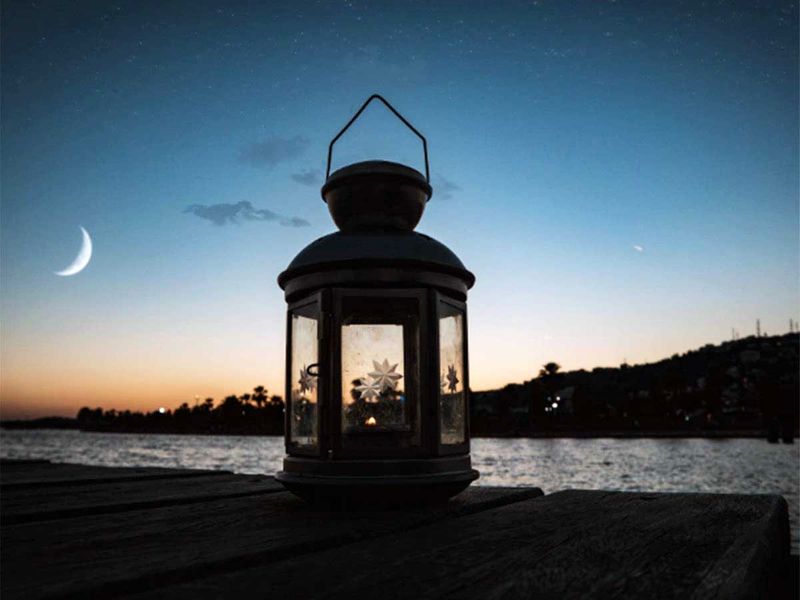
Unlike the Gregorian calendar, there is no set number of days for a month in the Islamic calendar, which is composed of lunar months. Instead, the length of a month varies between 29 and 30 days. Every time a new crescent is spotted on the night of the 29th, the following day marks the start of a new lunar month.
This is why the moonsighting becomes especially significant to signal both the start of Ramadan and its end.
On the evening of the 29th day of Ramadan, jurists, astronomers and residents will head out to spot the crescent, or new moon. If it is spotted on the very evening, Ramadan will end with 29 days and the next day will be Shawwal 1, and therefore Eid Al Fitr.
Otherwise, Muslims will observe 30 days of Ramadan, and then embark on Eid Al Fitr the following day.
Takbir
As soon as the new moon is sighted, Muslims will take up chanting the takbir. These are phrases to glorify Allah, and to thank Him for the blessed month of Ramadan and its festive end. The remembrances are recited all the way until the Eid congregational prayers.
Zakat Al Fitr
To enable the less fortunate to celebrate Eid, Muslims are obligated to pay these a special form of charity known as Zakat Al Fitr. Much smaller in value than the yearly Zakat payments, Zakat Al Fitr is calculated as a serving of staple foods, or its equivalent monetary value. Typically, the head of the household pays as many shares as the number of people in the household as Zakat Al Fitr.
This year, the Zakat Al Fitr per person in the UAE has been set as Dh25 per person. These charity payments can be made at any point until the beginning of Eid prayers.
read more
- Eid Al Fitr 2023: Free public parking timings in Dubai, Abu Dhabi, Sharjah and Ajman
- Dubai: Global Village to close next week – here are top three activities you can enjoy for Eid Al Fitr
- Eid film releases: 11 Hollywood, Bollywood, and Arabic movies to watch this holiday weekend
- UAE leaders congratulate heads of Arab, Islamic states on Eid Al Fitr
Eid prayers
The day of Eid commences with congregational prayers at mosques across the world. Dressed in new or festive clothes, Muslims eat a few dates to signify that they are not fasting. They then head to the mosque after daybreak to pray in congregation.
Shortly after sunrise, Eid prayers are followed by a short sermon, in which residents are urged to continue the learnings of Ramadan. There is also a focus on being charitable, and sharing the joys of Eid with the less fortunate.
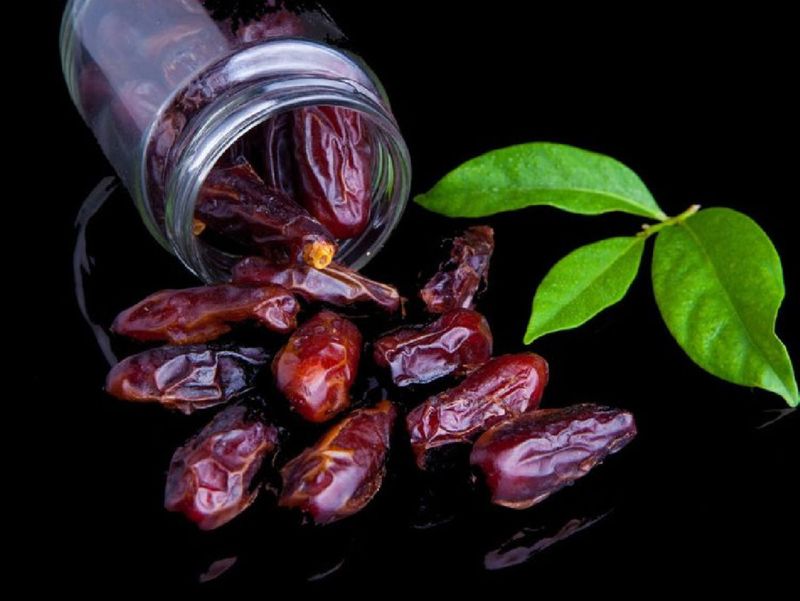
Eid greetings
Eid festivities begin in earnest after the congregational prayers, with residents embracing as they greet one another.
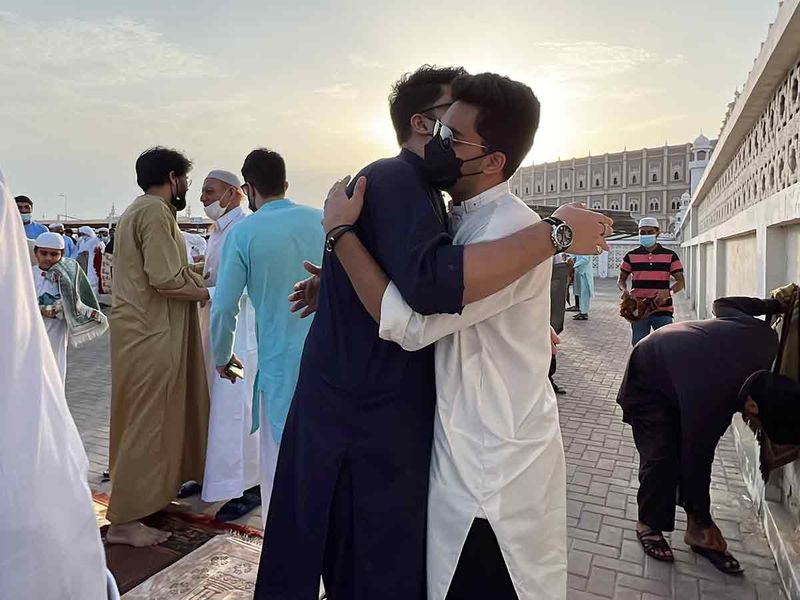
The typical ‘Eid Mubarak’ greeting means the ‘Blessings of the festival on you’. Some people will also add ‘Taqabbal Allah minni wa minkum’, which is Arabic for ‘May Allah accept (these acts of worship) from me and from you’.
Visits and outings
Visiting family and friends during the day is an important part of Eid celebrations across the world. All decked up in their fanciest outfits, extended families gather to share festive meals. Many families also organise outings, or plan staycations for the Eid break.
Residents whose families live elsewhere will also make it a point to visit friends and share in a special meal.
Eidiyah
Gift giving is an essential element of most religious celebrations, and Eid is no different. The tradition of sharing Eidiyah sees adults gifting cash amounts to children and younger members of the community. To make the tradition especially festive, many residents make sure to gift crisp new notes of cash in decorative envelopes.
On the other hand, some families also choose to exchange gifts rather than the more popular eidiyah.
Eid feast
No celebration is complete without shared meals and desserts. In the UAE, a multicultural population means that a wide variety of delicacies are prepared on Eid.
Most tables will include a rice and protein-based dish, such as biryani, mandhi, koshari or mansaf, depending on the family’s cultural background. There will also be a wide variety of traditional desserts, including the baklava (layered pastry), lugaimat (sweetened dough balls) and maamoul (Middle Eastern cookies) that is loved in Arab households to the payasam, kheer (rice and milk pudding), and sawaiya (vermicelli pudding) that is savoured by Asian families.
Henna
Henna art has become an indispensable part of Eid in many countries. Women in Muslim households cherish adorning their hands with intricate patterns, and beauty parlours in the UAE are usually fully booked in the last few days of Ramadan.
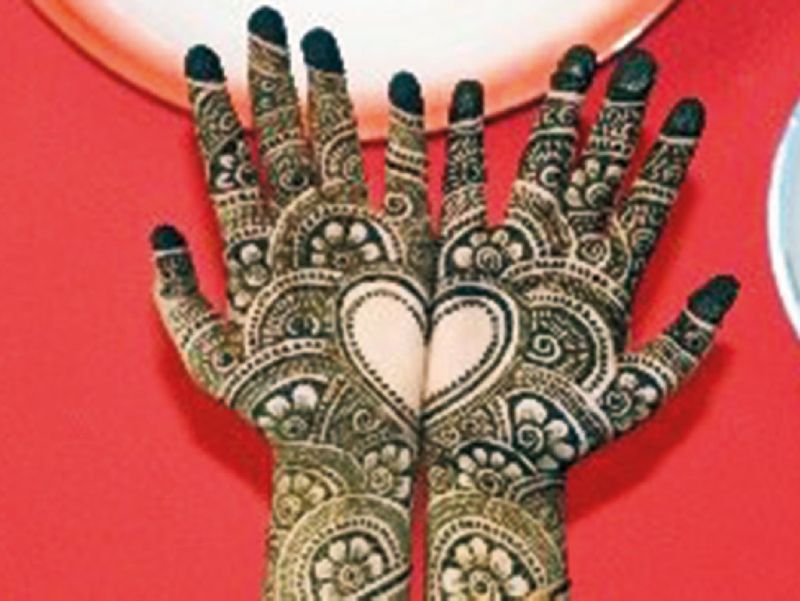
In some Asian cultures, ‘chaand raat’ is a pre-Eid party on the last night of Ramadan in which women get together to apply henna for one another.
Lighting and decorations
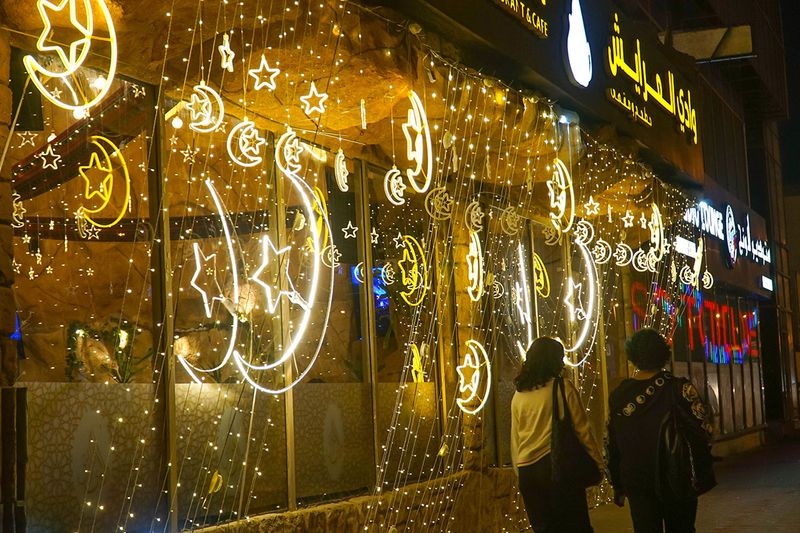
Across the world, Eid decorations and lights brighten up the festivities. While lanterns and streamers were used in the past to beautify neighbourhoods and public spaces, the UAE installs colourful lights, arranged in traditional motifs like the lantern and the crescent moon.




